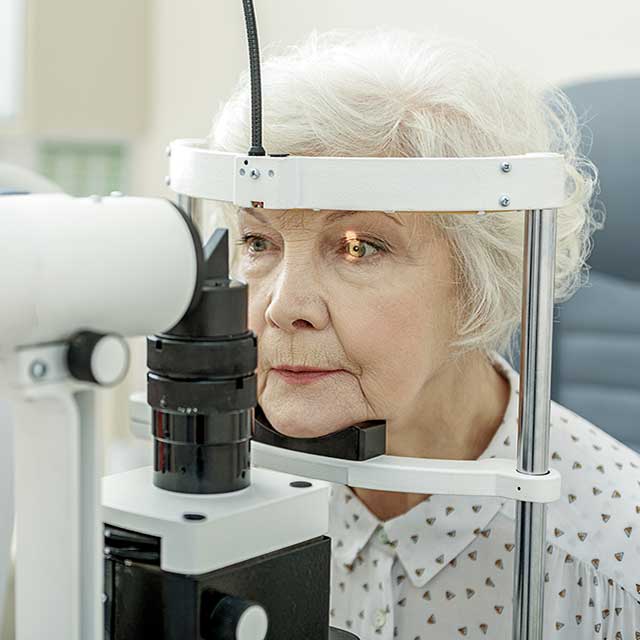What are demodex mites?
The demodex mite can cause blepharitis, resulting in inflammation of the eyelids and severe dry eye.
Demodex folliculorum is a type of demodex mite that lives mostly within the hair follicles on the face and the eyes and is usually found on the eyelids and lashes.
Demodex mites come out during the night to eat dead skin cells, lay eggs and expel waste products in your eyelid glands and eyelash follicles.
Demodex mites naturally occur on the skin in small amounts and can actually be beneficial for the skin, as they remove the dead skin cells. In small numbers, they typically do not cause any harm or symptoms.
However, if they reproduce in large numbers, they can cause significant damage to the skin and eyes— dry, red, and itchy skin, and/or eczema, as well as severe inflammation of the eyelids, and damage to the oil glands in the eyelid margins, meibomian glands and eyelashes.
How does a demodex mite infestation cause blepharitis?
Blepharitis affects up to 45 percent of people and occurs when the eyelids become inflamed. Blepharitis typically occurs as a result of a blockage in the oil glands at the base of the eyelashes, sometimes as a result of a demodex mite infestation.
Demodex mites become more prevalent with age, and are typically the cause of blepharitis in patients over the age of 60.
Additionally, patients with chronic rosacea tend to have more demodex mites than people without rosacea, putting them at a higher risk of developing demodex blepharitis.
What are the symptoms of demodex blepharitis?
Common eye symptoms include:
- Dry eyes
- Redness
- Tearing
- White flakes in your eyelashes
- Burning or stinging
- Eye or eyelid irritation
- Itchy eyes or eyelids
- Foreign body sensation
- Intermittent blurred vision
- Light sensitivity
- Brittle/loss of eyelashes
- Misdirected eyelashes
- Eye or eyelid infections
Demodex mites can cause blepharitis, meibomian gland dysfunction, dry eyes, styes, chalazion, and ocular rosacea.
If you experience any of these symptoms contact an eye doctor near you so that you can start treating your demodex blepharitis.
SEE RELATED: Do I have Blepharitis?
Diagnosis and treatment
A diagnosis of demodex blepharitis can be confirmed by your eye doctor. Your doctor may use a slit lamp with high magnification to view the mites on your eyelashes or use a microscope to examine an eyelash sample.
The most effective way to eliminate a demodex infestation is to adhere to a daily eye cleansing routine. Cleaning your eyelids with warm water, and applying a warm, wet compress will help to reduce the swelling and keep your eyelids and lashes clean.
Your eye doctor may recommend using a combination of warm compresses and eyelid scrubs. By gently scrubbing your eyelids, you can effectively remove the buildup of excess bacteria from your eyelid margins.
For mild blepharitis, cleaning your lashes with tea tree oil or another antiseptic product may be effective in eliminating the demodex infestation.
However, for moderate to severe cases of blepharitis, your eye doctor may prescribe an antibiotic or anti-parasitic treatment along with a daily cleansing routine. A corticosteroid eye drop or ointment can also help to reduce eyelid inflammation.
In-office eyelid hygiene procedures may be recommended for more intensive blepharitis treatment.
- Eyelid margin cleaning efficiently removes demodex mites from your eyelids and opens clogged meibomian glands.
- Thermal pulsation treatments melt the particles that are blocking the meibomian glands.
- Intense pulsed light (IPL) therapy opens clogged eyelid glands to allow for increased oil production into the tear film.
When to see your eye doctor
If you are experiencing symptoms of a demodex infestation, blepharitis, or any eyelid discomfort, schedule an appointment with an eye doctor for a proper diagnosis and treatment plan.
LEARN MORE: Guide to Eye Conditions
While blepharitis can become a chronic condition, with good eye hygiene and medical interventions, you can relieve uncomfortable symptoms and keep ocular demodex under control.

